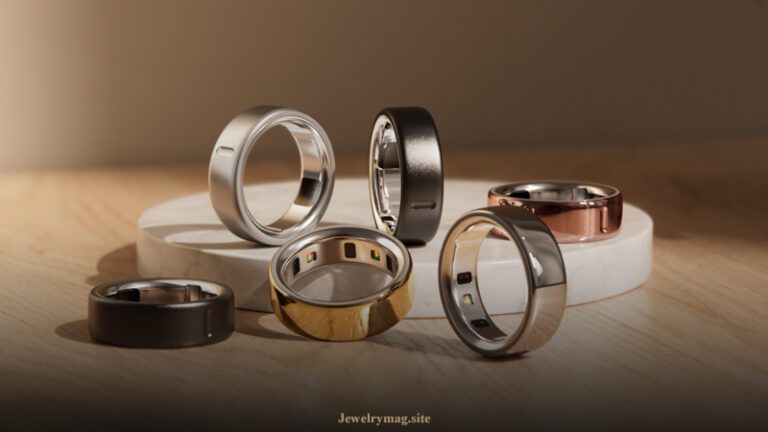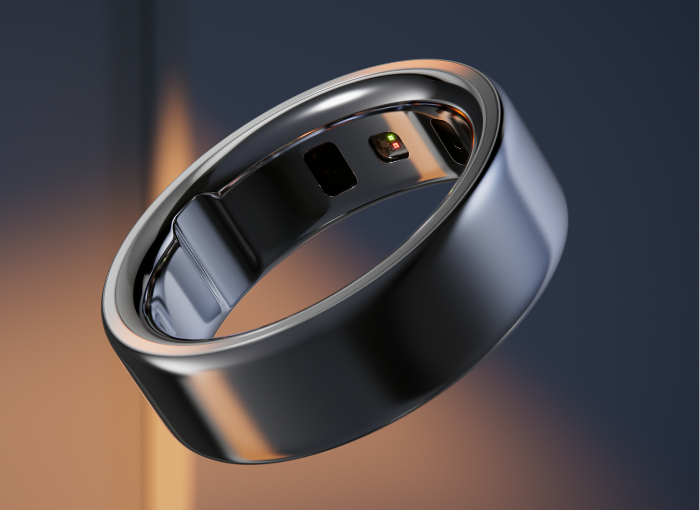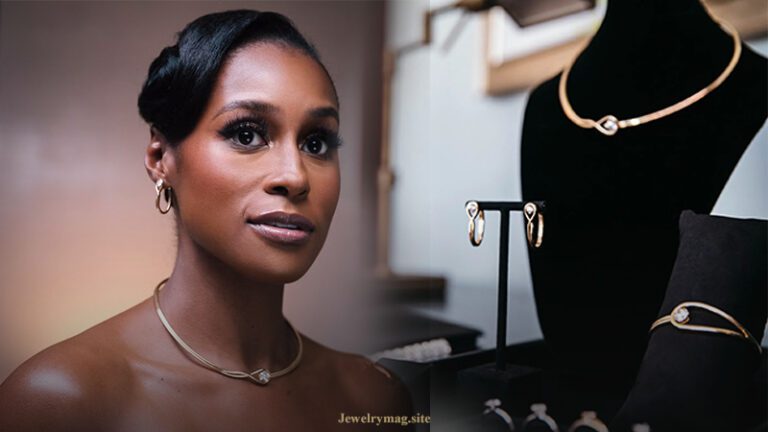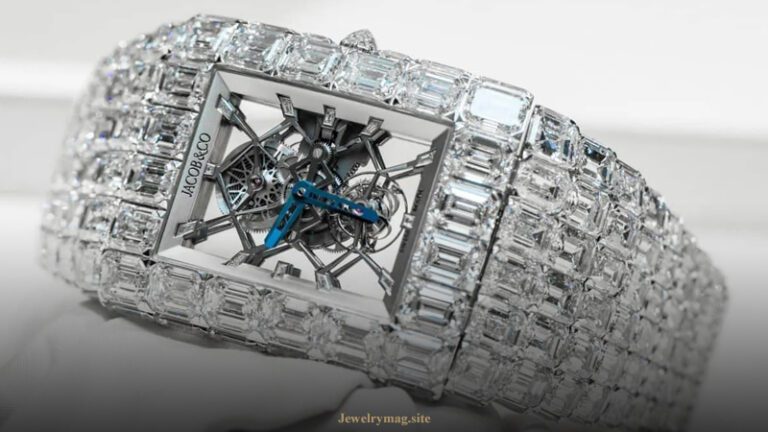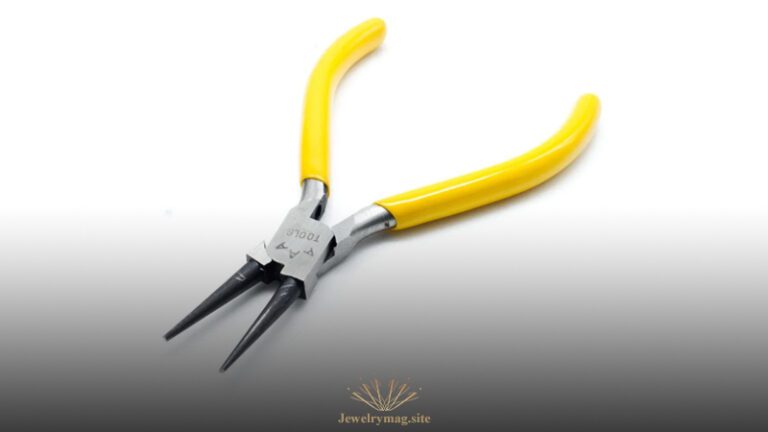In the realm of wearable technology, smart rings have emerged as one of the most compact and powerful innovations to date. These miniature devices, worn discreetly on a finger, are packed with sensors and wireless capabilities, enabling them to offer a range of features, from health tracking to contactless payments.
As technology progresses, smart rings are gradually making their way from niche products to mainstream tools, transforming the way we interact with technology on a daily basis. This article delves into the world of smart rings, exploring their functions, applications, and the future of this innovative tech.
1. What are the Smart Rings?
what is a smart ring? A smart ring is a small, wearable device embedded with sensors, chips, and wireless connectivity options, designed to offer various technological functionalities. Unlike traditional rings, smart rings can sync with other devices, such as smartphones, tablets, and even smart home systems, to perform an array of tasks.
These can include health monitoring, payment processing, and even remote control over smart home appliances, all from the tip of a finger.
2. Key Features and Functionalities of Smart Rings
Smart rings are built to handle multiple tasks with simplicity and ease. Some of the most common features include:
- Health and Fitness Tracking: Many smart rings come equipped with sensors that monitor health metrics such as heart rate, body temperature, blood oxygen levels, and sleep patterns. Some advanced models also provide data on stress levels and recovery, making them valuable for fitness enthusiasts and individuals focused on well-being.
- Contactless Payments: Similar to smartwatches, several smart rings have integrated NFC (Near Field Communication) technology, allowing users to make contactless payments by simply tapping their ring on a compatible payment terminal.
- Notification Alerts: Smart rings can sync with smartphones to provide subtle alerts for calls, messages, and app notifications. This feature is especially useful for those who want to stay connected without constantly checking their phone.
- Access Control and Security: Smart rings are being used to access and unlock devices or physical spaces, such as smart locks on doors. This makes them an excellent option for people looking to enhance security without needing keys or passwords.
- Remote Control for Devices: Some smart rings allow users to control devices, such as music players or smart home gadgets, through simple gestures or taps. This adds a layer of convenience and hands-free functionality for users.
3. Health and Wellness: A Major Focus of Smart Rings
The focus on health and wellness is perhaps the most significant driver behind the popularity of smart rings. The compact design of these devices makes them ideal for continuous wear, allowing them to collect real-time health data that can be analyzed for insights into the wearer’s physical state.
This data is often integrated with health apps, offering a comprehensive view of one’s fitness, sleep patterns, and overall well-being.
a. Sleep Tracking
Sleep tracking is a prominent feature in many smart rings, as quality sleep is crucial for physical and mental health. Using sensors that detect movements, heart rate, and temperature, these rings can assess sleep stages, such as REM and deep sleep, and provide feedback to help users improve their sleep hygiene.
b. Heart Rate and HRV Monitoring
Tracking heart rate and heart rate variability (HRV) can give insights into cardiovascular health and stress levels. HRV, in particular, is a measure of how well the body can adapt to stress, which can be helpful for athletes and individuals aiming to manage stress.
c. Activity Tracking
Many smart rings provide basic activity tracking features, counting steps, calories burned, and active minutes. While they may not match the comprehensiveness of fitness trackers or smartwatches, they’re often sufficient for casual fitness tracking.
d. Temperature and Blood Oxygen Monitoring
More advanced smart rings come with body temperature sensors and SpO2 monitors (blood oxygen). This data can be crucial for detecting early signs of illness or for adjusting workouts based on physical readiness.
4. Advantages of Smart Rings Over Other Wearables
Compared to other wearables like smartwatches or fitness bands, smart rings offer several unique advantages:
- Discreet and Stylish: Many people prefer the subtle design of smart rings, as they don’t draw as much attention as smartwatches. Their sleek designs make them blend seamlessly with regular accessories.
- Always-On Tracking: Smart rings can be worn comfortably while sleeping or exercising, making them ideal for continuous monitoring without feeling intrusive.
- Long Battery Life: Smart rings typically have better battery efficiency than smartwatches, with some models lasting up to a week on a single charge.
- Convenience: With features like contactless payments and notifications on the go, smart rings add a layer of convenience that can replace certain smartphone functions in daily life.
5. Use Cases of Smart Rings in Everyday Life
Smart rings have diverse applications across different scenarios, making them valuable for many types of users:
a. Corporate and Professional Settings
In corporate environments, smart rings can serve as access keys to secure areas, enabling employees to open doors, access computers, or sign in to systems without needing physical keys or passwords. This not only streamlines processes but also enhances security.
b. Medical and Health Monitoring
Smart rings are used in healthcare settings for continuous monitoring of patients. For instance, heart rate and oxygen levels can be tracked in real-time, providing data that can be shared with healthcare professionals for early diagnosis and preventive care.
c. Travel and Payments
For frequent travelers, smart rings can simplify payments and boarding processes. With NFC technology, users can make quick payments, eliminating the need to carry a wallet or phone for every transaction. Some rings are also programmed with digital boarding passes for contactless entry at airports.
d. Sports and Fitness
Athletes and fitness enthusiasts use smart rings to monitor their vitals during training, allowing them to optimize their workouts and track recovery times. Additionally, HRV and stress level monitoring are beneficial for adjusting training plans and preventing overexertion.
e. Smart Home Integration
Smart rings can act as a remote control for smart home devices, allowing users to unlock doors, turn on lights, or adjust thermostats with a gesture or a tap. This creates a seamless, hands-free experience for managing a smart home.
6. Challenges and Limitations of Smart Rings
While smart rings offer numerous advantages, they also have their limitations:
- Limited Display Space: The small size of smart rings restricts their display capabilities, making it challenging to present visual information. Most rings rely on LEDs or vibrations for notifications, which may not be ideal for users who need detailed information at a glance.
- Functionality vs. Size: Fitting high-tech components like sensors, batteries, and processors into a ring size is challenging. This constraint sometimes limits the functionality of smart rings compared to larger devices like smartwatches.
- Compatibility Issues: Not all smart rings are compatible with every device or operating system. Users need to ensure that their chosen smart ring is compatible with their smartphone or other devices.
- Cost Factor: High-quality smart rings can be expensive, given the compact technology required. While prices are gradually decreasing, cost remains a barrier for some consumers.
7. Future Trends in Smart Rings Technology
The future of smart rings looks promising, with technological advancements and growing consumer interest fueling further development. Here are a few trends to look out for:
- Enhanced Health Monitoring: As health tracking remains a top priority, we can expect more sensors to be added to smart rings, potentially enabling the tracking of glucose levels, hydration, and even early signs of disease.
- Augmented Reality (AR) Control: Smart rings may play a role in controlling AR experiences, serving as controllers or pointers. This could be a game-changer for AR applications in various fields, from gaming to education.
- Advanced Gesture Recognition: Future smart rings may incorporate more precise gesture recognition, allowing users to interact with devices using natural hand movements. This could enhance control over connected devices and provide a more immersive user experience.
- Better Integration with IoT and Smart Homes: As the Internet of Things (IoT) expands, smart rings will become more compatible with a broader range of devices, creating a seamless experience across personal, professional, and home environments.
- Improved Battery Life and Charging Methods: Battery technology for wearables is advancing rapidly, and we can expect smart rings with longer battery life and more convenient charging options, such as wireless or solar charging.
8. How to Choose the Right Smart Ring
When choosing a smart ring, it’s essential to consider your needs and preferences. Here are some factors to help you decide:
- Primary Functionality: Determine what you need the smart ring for—fitness tracking, payment options, or remote control. Not all rings offer the same functions, so prioritizing your requirements can help narrow down your options.
- Battery Life: Look for rings that provide sufficient battery life for your lifestyle. Some rings offer days of battery life, while others may need more frequent charging.
- Compatibility: Ensure the smart ring is compatible with your smartphone and other devices. Compatibility varies among brands, so verify before purchasing.
- Style and Comfort: Since you’ll be wearing the ring regularly, choose one that fits comfortably and matches your style.
- Price and Warranty: Smart rings vary in price, with higher-end models costing significantly more. Check if the ring comes with a warranty or support plan, especially if it’s a significant investment.
9. Popular Brands and Models
Several brands have made a name in the smart ring market by offering high-quality products. Here are a few notable names:
- Oura Ring: Known for its comprehensive health tracking features, including sleep, heart rate, and body temperature, the Oura Ring is popular among fitness enthusiasts and wellness-conscious individuals.
- Motiv Ring: The Motiv Ring focuses on fitness and security, with features like step tracking, heart rate monitoring, and even two-factor authentication.
- McLear Ring: Primarily focused on contactless payments, the McLear Ring is equipped with NFC and allows users to make purchases with a simple tap.
- Circular Ring: Offering health tracking and smart notifications, the Circular Ring provides an all-around experience and customizable design options.
Click here to Discover all OURA RINGS
FAQ
How are smart rings powered?
Smart rings are typically powered by small rechargeable batteries, similar to those used in small electronic devices like fitness trackers and earbuds. The limited size of these batteries allows smart rings to remain lightweight and compact while still providing enough power to run basic functionalities like step tracking, heart rate monitoring, and notifications.
what does a smart ring do?
Smart rings are wearable devices that provide various tech functionalities while being as unobtrusive as a regular ring. They are designed for convenience, often as an alternative to smartwatches or fitness trackers, and typically offer a range of features that vary by brand and model.
Conclusion
Smart rings represent an exciting frontier in wearable technology, combining the convenience of smart devices with the subtlety and style of traditional jewelry. As these rings continue to evolve, they will likely become integral to daily life, offering new ways to track health, make payments, and interact with the digital world.
Whether you’re an early adopter or new to wearable tech, a smart ring offers an enticing glimpse into the future of convenience and connectivity, all within the comfort of a single, wearable accessory.
From tracking your health to unlocking doors and making payments, smart rings hold a unique appeal for their combination of functionality and form. As technology advances, we may only be scratching the surface of what these tiny devices can achieve.

